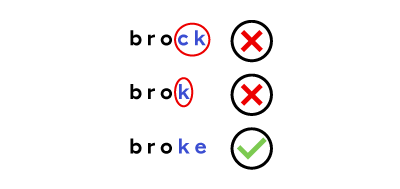The general -ch vs. -tch spelling rule is:
-
-ch: following 2 vowels
-
-ch: following a consonant
-
-ch: at the start of a word
-
-tch: following 1 vowel
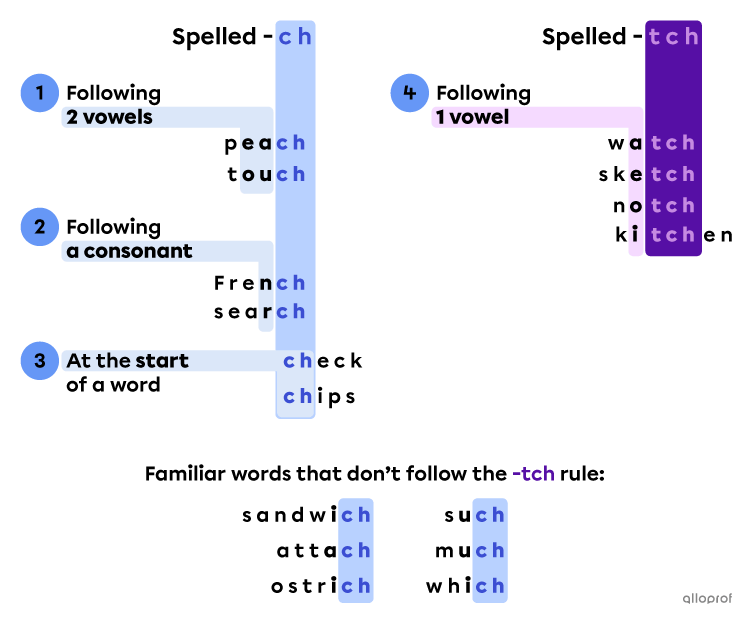
At the end of a word, the general -ge vs -dge spelling rule is:
-
-ge : when following a consonant
-
-ge : when following a long vowel*
-
-dge: when following a short vowel*
At the beginning or in the middle of a word: the spelling is always -ge.
*Short vowels make a short sound, as opposed to long vowels that make a long sound.
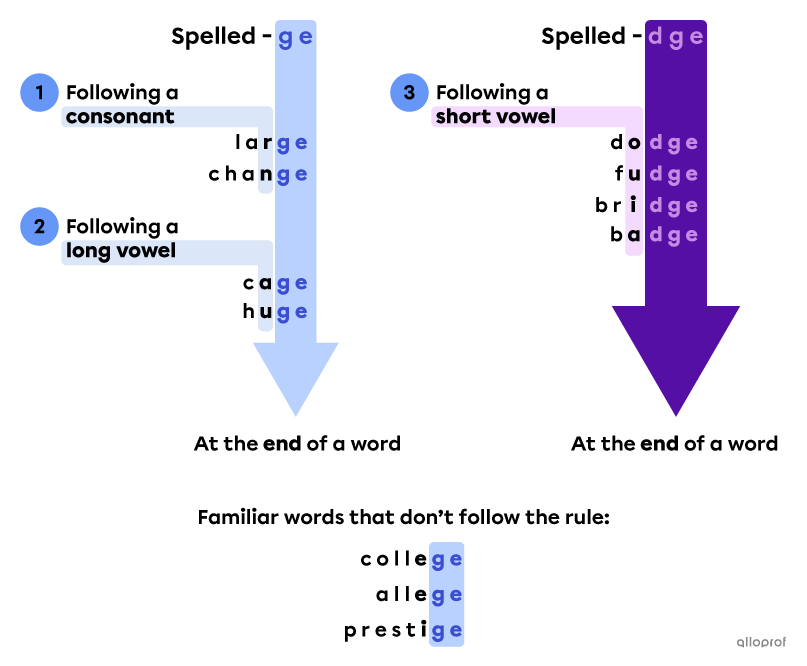
The general -ou vs -ow spelling rule is:
-
-ou: at the start of a word
-
-ou: in the middle of a word
-
-ow: at the end of a word
-
-ow: right before a single -l or -n

The general -oi vs -oy spelling rule is:
-
-oi: in the middle of word
-
-oy: at the end of a word
-
-oy: in compound words* originating in short words ending in -oy
*A compound word is a combination of 2 or more words together, creating a new word
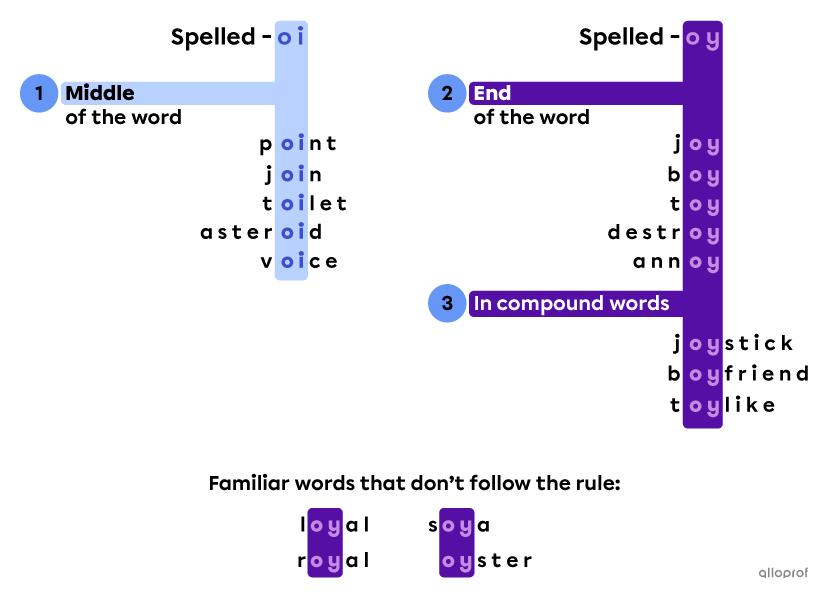
The general -ai vs -ay spelling rule is:
-
-ai: in the middle or beginning of a word
-
-ay: at the end of a word
-
-ay: in compound words* beginning with a short word that ends in -ay
*A compound word is a combination of 2 or more words together, creating a new word.
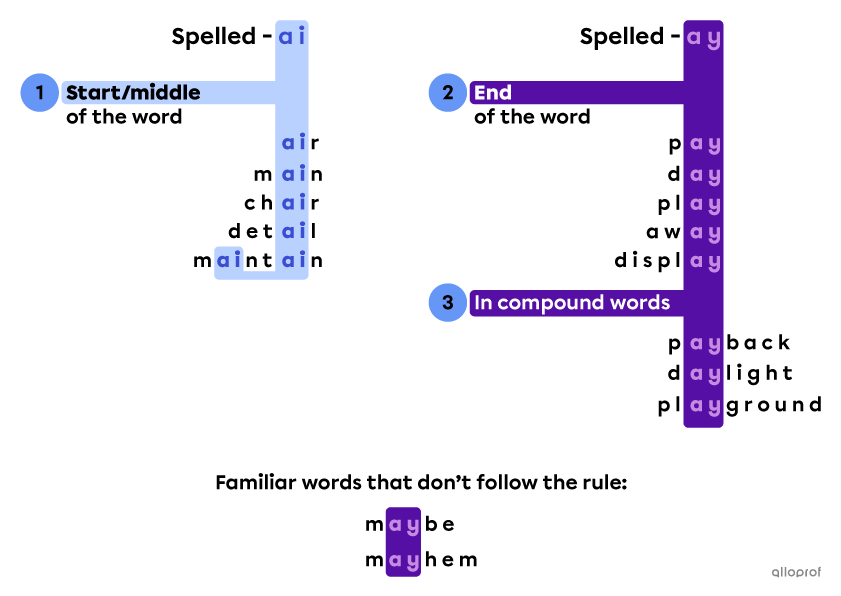
The general -ck, -k or -ke spelling rule is:
-
-ck: following a single short vowel*
-
-k: following a consonant or double vowels
-
-ke: following a long vowel*
*Short vowels make a short sound, as opposed to long vowels making a long sound.
Compound words made with one-syllable words also follow these rules.






